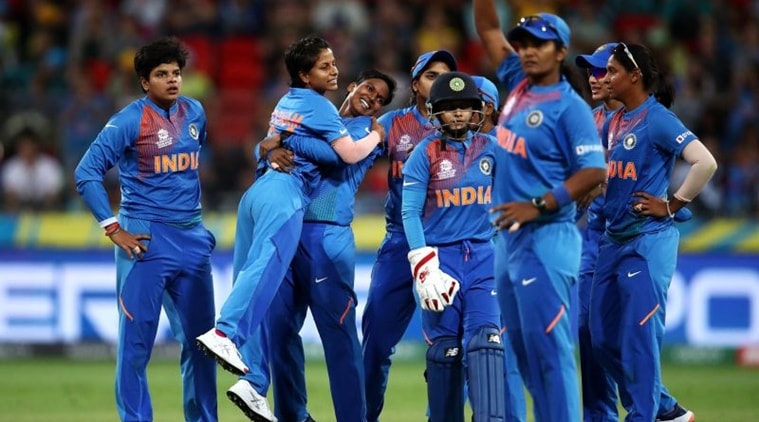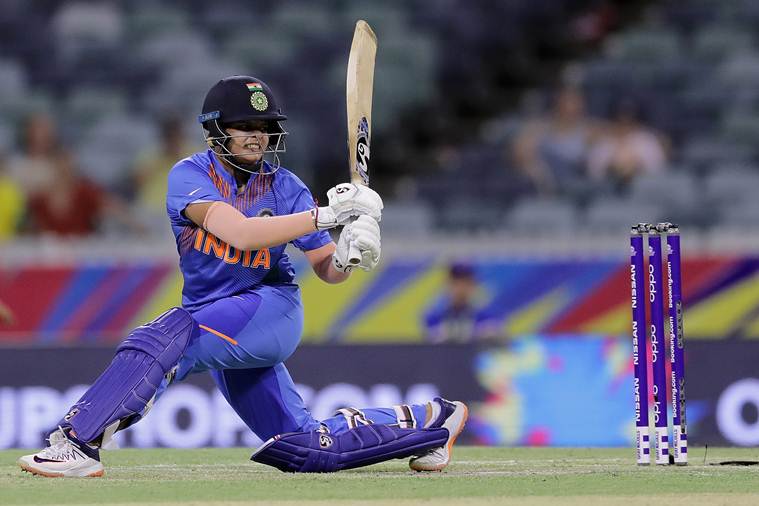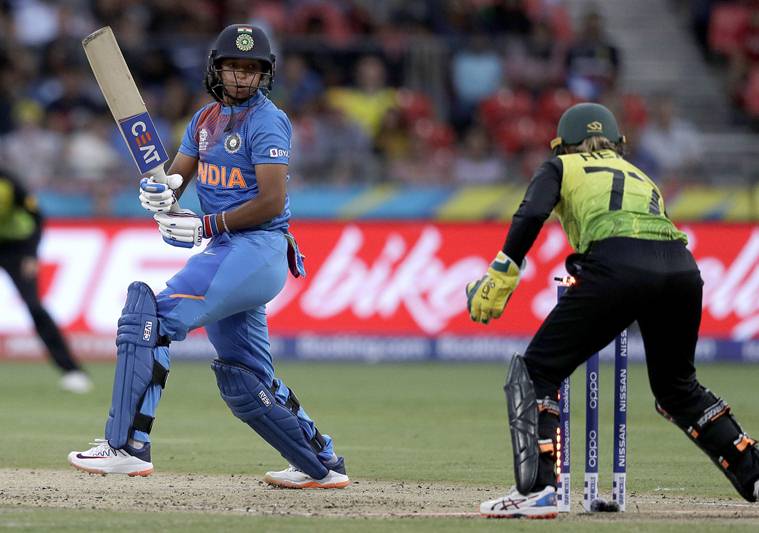 India will take on England in the semifinals of the ongoing Women’s T20 World Cup. (Source: Twitter/T20WorldCup)
India will take on England in the semifinals of the ongoing Women’s T20 World Cup. (Source: Twitter/T20WorldCup)
England women’s team have a distinct edge over India at ICC events. They last met in the 2018 World T20 semifinal in Antigua, where England won by eight wickets. Before that, they faced off at Lord’s in the final of the 2017 50-over World Cup. The summit clash ebbed and flowed before swinging in England’s favour under thrilling circumstances.
These two teams are now pitted against each other in the World T20 semifinal at the Sydney Cricket Ground. England will know that past record means nothing because this is a different Indian team from the one they played at Lord’s and in the Caribbean.
Blessed with match-winners such as Shafali Verma and Poonam Yadav, Harmanpreet Kaur’s side has been on a rampage in this World Cup, quelling hosts Australia and registering wins over Bangladesh, New Zealand, and Sri Lanka to top the group stage.
India bank on young stars
 Shafali Verma has smashed 161 runs from four matches. (Source: Twitter/BCCIWomen)
Shafali Verma has smashed 161 runs from four matches. (Source: Twitter/BCCIWomen)
India have progressed seamlessly from the group stage to the knockouts on the back of the individual brilliance of dashing 16-year-old opener Shafali Verma and leg-spinner Poonam Yadav. Verma has smashed 161 runs from four matches with her blazing starts upfront winning fans. She has bagged a couple of Player-of-the Match awards and also possesses the best strike rate in this tournament.
On the other hand, Yadav has cast a spell of opposition batters, bamboozling them with a mixture of slow, loopy leg-spinners and googlies. With nine scalps, she is currently the highest wicket-taker and much of India’s success against England will depend on how these two youngsters perform. Not surprisingly, England captain Heather Knight has singled out Yadav as a big threat. “She is a massive threat for us, and is an improved bowler since the last World Cup. So, for us to be successful, we’re going to have to play her well. That’s going to be the key in the game,” she said.
India’s misfiring middle order
 Harmanpreet Kaur has tallied a dismal 26 runs from four games. (AP Photo)
Harmanpreet Kaur has tallied a dismal 26 runs from four games. (AP Photo)
India was the first team to qualify for the semifinals. However, beneath the glossy veneer is their misfiring middle order. Barring Shafali, no one else have managed to make an impact. Smriti Mandhana, Verma’s opening partner, has managed just 38 runs in three games, while Harmanpreet has tallied a dismal 26 runs from four games.
Consequently, the belligerent starts given by Shafali have not been capitalised as wickets have often fallen in a heap, which meant that there has hardly been any momentum in the middle overs. This is an area that England bowlers will look to exploit in Sydney.
England’s all-round might
England have made it to the last four on the back of superlative batting performances from Natalie Sciver and captain Knight. With 202 runs, Sciver is the top run-scorer in this tournament, followed by her skipper, who comes has 193. If the pair can continue its good form, England will have a great chance of making it to their second successive final.
They also have a very reliable left-arm spinner in Sophie Ecclestone, the second-highest wicket-taker with eight scalps. With 21 wickets, India’s spinners have been the most prolific in this tournament, but their England counterparts have been the most economical, conceding just 4.3 runs per over.
Weather could play spoilsport
With heavy rain forecast in Sydney on Thursday, there’s a high probability of both the semifinals being truncated affairs. Teams need to play 10 overs each to constitute a T20 match in ICC tournaments. Since both semifinals (India vs England and South Africa vs Australia) are scheduled at the SCG, there will only be a 30-minute window between both games in case overs are lost because of rain interruptions.
The India-England match is scheduled to finish at 6 pm local time, while the South Africa-Australia game is scheduled for a 10 pm finish. There is no reserve day for the semifinals, and if there’s a washout, India and South Africa will advance to the final in Melbourne on Sunday since they topped their respective groups.